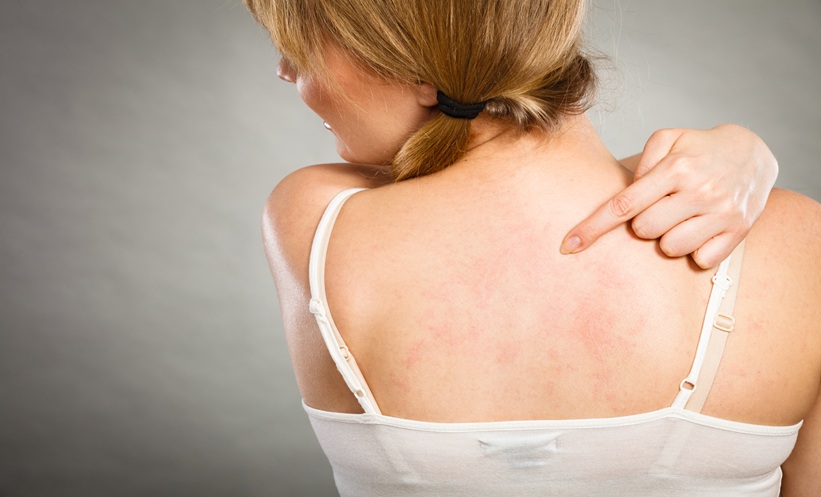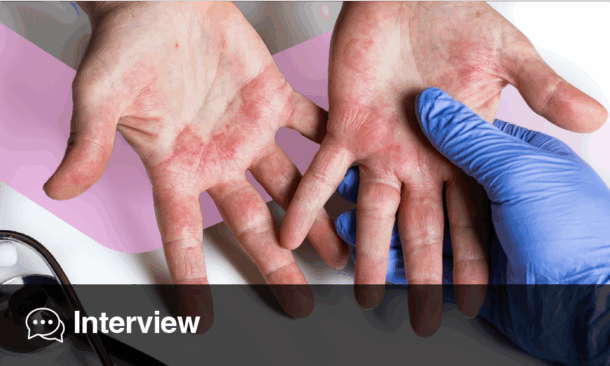REAL-WORLD data on atopic dermatitis (AD) treatment has revealed that while current treat-to-target (T2T) strategies are feasible, several clinical targets may require refinement to better reflect meaningful outcomes. In a prospective observational study, researchers assessed the real-world achievement rates of established T2T benchmarks in patients with moderate-to-severe AD, using widely accepted clinical scoring systems.
Over a 16-week period, 61 patients were monitored without treatment protocol modifications. Disease severity was evaluated at regular intervals using seven established metrics, including the Eczema Area and Severity Index (EASI), Scoring Atopic Dermatitis (SCORAD), Peak Pruritus Numerical Rating Scale (pp-NRS), and Dermatology Life Quality Index (DLQI), among others. Treatment response was then compared against two leading T2T frameworks: the de Bruin-Weller consensus and the AHEAD (Aiming High in Eczema/Atopic Dermatitis) recommendations.
Results showed that all evaluated outcomes improved significantly over time, with several measures supporting the feasibility of current moderate and optimal treatment targets. For instance, SCORAD50, EASI50, a ≥3 or 4-point pp-NRS reduction, and a DLQI reduction of ≥4 were found to be appropriate as moderate targets. For optimal outcomes, thresholds such as SCORAD75, EASI75/90, pp-NRS ≤1, BSA ≤2%, and DLQI scores of 0 or 1 were deemed suitable. Importantly, the study found that percentage-based improvements in EASI and SCORAD scores were more reliable than absolute cutoffs.
However, the data also indicated that some thresholds may be too lenient. Moderate targets for PGIS-5, POEM, and BSA improvement, along with optimal benchmarks for PGIS-5 and POEM, may need to be revised to more stringent criteria to reflect clinically meaningful change.
These findings underscore the importance of ongoing evaluation of consensus guidelines in real-world practice. As T2T continues to shape personalized care strategies in AD, refining outcome targets may help ensure they better align with patient-centered improvements in quality of life and disease control.
Reference:
Zhao W et al. Treat-to-Target in Clinical Practice: Evaluating Real-World Achievement Rates Against Consensus Guidelines for Atopic Dermatitis. Dermatol Ther (Heidelb). 2025. doi: 10.1007/s13555-025-01508-w.








